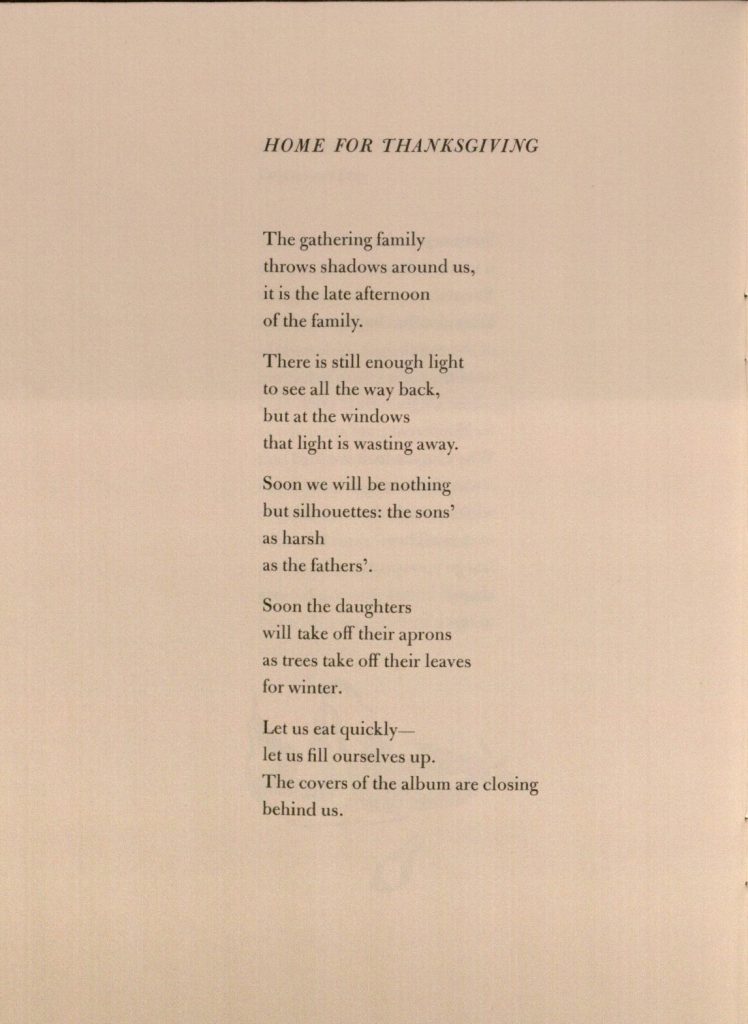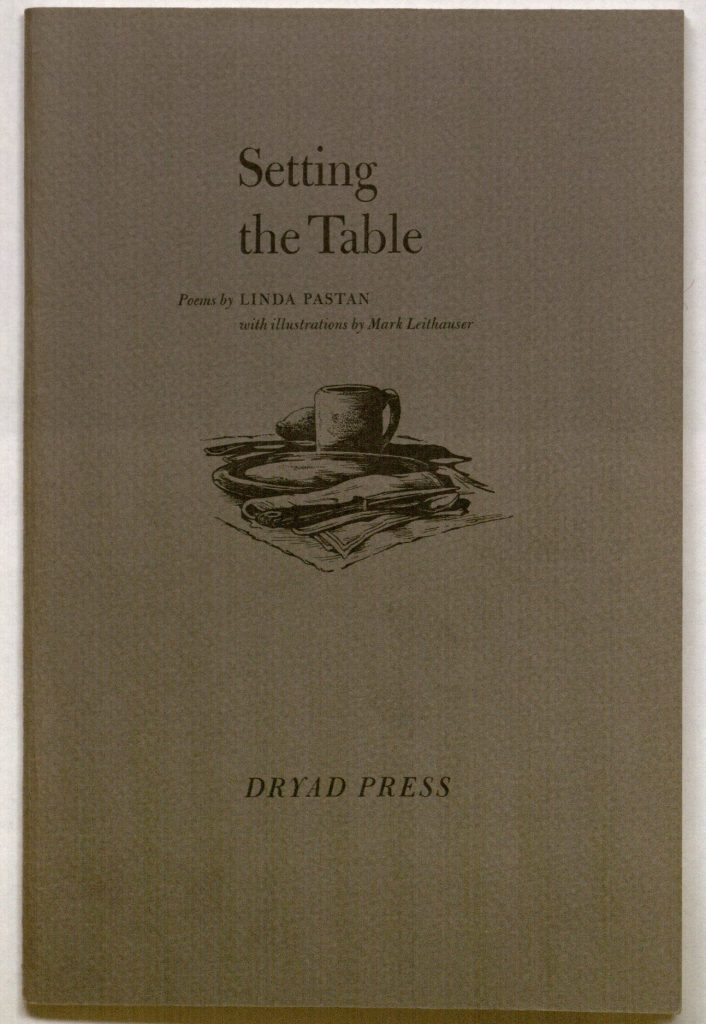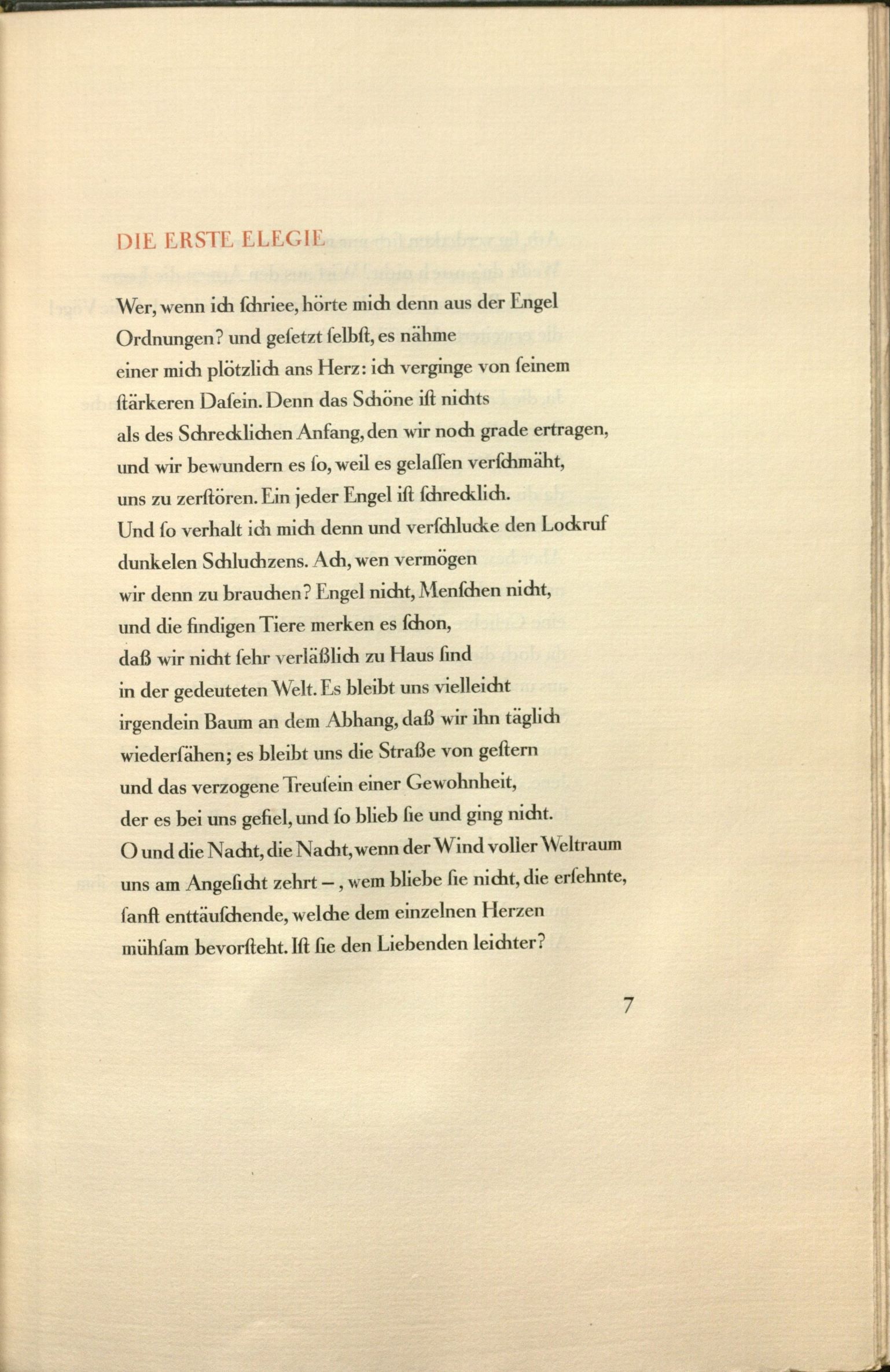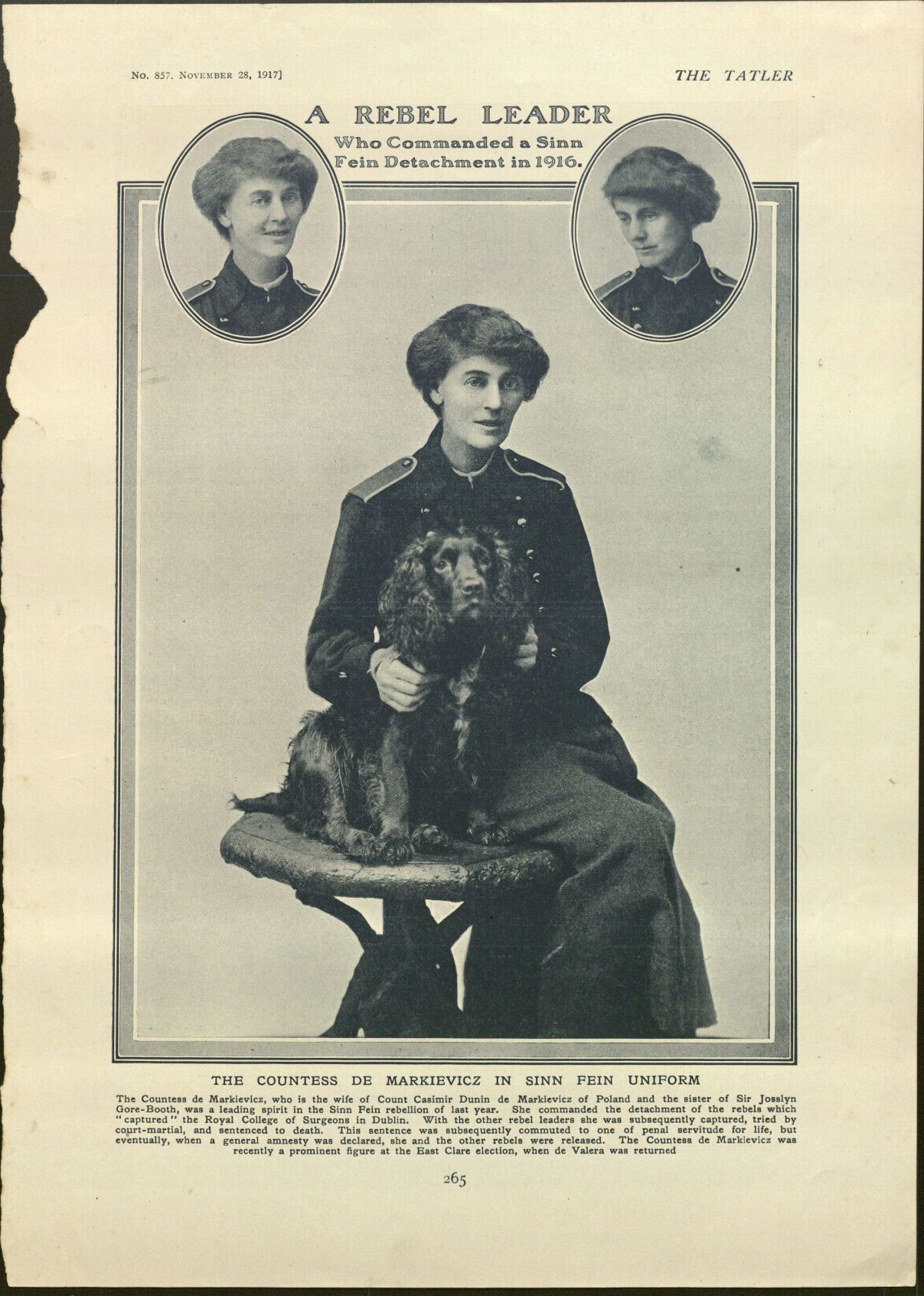How many freshmen can boast that their arrival on campus was covered by the national press? Though neither a star athlete nor the child of a public figure, poet Harry Kemp (1883-1960) won this distinction through his knack for self-promotion. Kemp’s unconventional arrival at KU by boxcar in January of 1906 launched him from anonymity to the front page of the New York Tribune — “TO COLLEGE UNDER FREIGHT CAR / Student Leaves New-York with 3 cents–Working Way at University of Kansas. Another headline in the Kansas City Star proclaimed Kemp a “Tramp Poet,” and the moniker stuck (though he was known as the vagabond poet and hobo poet as well). During his six years of studies at KU, Kemp immersed himself in books, built a reputation as a poet and writer, and befriended nearby William Allen White, the newsman and “Sage of Emporia.”
And as the years passed, Kemp continued to make headlines, including as the “other man” in Upton Sinclair’s divorce and for attempting in 1913 to “tramp” to England as a stowaway aboard a steamer, something that earned him a brief stay in a British jail and further celebrity on both sides of the pond. Of course, Kemp garnered attention for his literary output as well. He published books of verse–including The Cry of Youth (1914), Chanteys and Ballads (1920), and Don Juan’s Note-book (1929)–and a bestselling semi-fictionalized memoir, Tramping on Life: An Autobiographical Narrative (1922), in which KU appears as “Laurel University” in “Laurel, Kansas.” Kemp livened up already the already lively literary circles of Greenwich Village and was associated with the Provincetown Players, electing ultimately to settle in Cape Cod.


Youth and Old Age: Harry Kemp (middle row, second from left) with fellow members of the Scoop Club
(for news reporters) in the 1909 Jayhawker yearbook, Call #: LD 2697.J3 1909,
and in a photograph from the the 1950s, Personal Papers of Harry Kemp. Call #: PP 75, Box 3.
Click images to enlarge.
Though Louis Untermeyer had once spoken of Kemp alongside Carl Sandburg, Vachel Lindsay, and Edgar Lee Masters, by the end of his life, the Tramp Poet’s reputation had already begun to fade. Nevertheless, Kemp continued to write and elevate his eccentricities to an art. From his shack in Provincetown, Massachusetts, he would sign his poems (and sometimes even compose them) with a seagull feather. In honor National Poetry Month, we remember today one of the most eccentric and free-spirited poets to emerge from KU, Harry Kemp, and share three of his poems below.

Kemp, Harry. “Kansas” in Sunflowers: A Book of Kansas Poems. Willard Wattles, Editor.
Lawrence, KS: World Company, 1914. Call #: KAC C71. Click image to enlarge.


Kemp, Harry. “The Humming Bird,” from Chanteys and Ballads, Sea-chanteys, Tramp-ballads and Other
Ballads and Poems. New York, Brentano’s [c1920]. Call #: PP 75, Box 1. Click images to enlarge.

Kemp, Harry. “Eight Lines, For the New Year (Human Trust),” undated.
Personal Papers of Harry Kemp. Call # PP 75, Box 3. Click Image to enlarge.
For more on Harry Kemp, his poetry, and his wild life, see William Brevda’s Harry Kemp, the Last Bohemian or drop by Spencer and begin exploring his personal papers.
Elspeth Healey
Special Collections Librarian




















